I’m thinking of you, wishing you peace and love and plenty of heat during the holidays.
Speaking of heat, I took this photo weeks ago in our garden and saved it to send to you today. I’m glad I did, because today there are no peppers in the garden. This Arctic blast would have taken care of that. But the peppers were already gone when the blizzard blew in. As our dogs have aged, they’ve become less enthusiastic about chasing away deer. Daily I look out and our pasture appears to be the African savanna, full of gazelles, and there is something deeply biophilic about that primal view, and I also think, “What are they going to eat next?”
At night the deer effortlessly leap the garden fence. They have eaten everything, including this five-year-old bush of Christmas Bell Pepper. The plant is five years old because it dies back in winter then sprouts from the roots in spring. This year, of course, will be different. I don’t think that the roots can withstand frozen ground, so next spring I’ll have to plant again from seeds.
By then Raven should be finished with the 10-foot-high fence he’s constructing around the garden.
This pepper is an heirloom that was sent to me years ago by a friend in Atlanta. I’ve learned that this variety of capsicum, also known as Bishop’s Crown and Joker’s Hat, originated in South America, probably Brazil. The plant produces hundreds of 2-inch by 2-inch peppers that start out green, then ripen to red, and look just like Christmas decorations.
The fruit is mildly spicy, although I’ve found (and websites confirm) that their spiciness is variable. Mostly they are similar to jalapeños in heat, but once in a while we get a scorcher. Christmas bells range from 5,000-30,000 Scoville heat units, which is slightly spicier than the range of a jalapeño, 2,500-8,000.
Our favorite thing to do with these is to make poppers. I know you have your Christmas meal planned already, but just for fun, I’m going to drop in a recipe.
One of our primary goals here on the farm is 100% meals: this means that 100% of the food on our plate comes directly from the farm. Like the spiciness in a Christmas bell, this varies widely for us. It will never be 100%, because we can’t produce salt and we love spices from the Orient and olive oil is awesome. Instead, we look down at our plates and celebrate what came from our own land and our own hands. Here, for example, is a meal that comes close to being 100%. This is not a recent photo, or a good one, or a styled one, just one I found in my files.
Starting at the top, there’s Caprese Salad with our cherry tomatoes, basil, and even our own mozzarella cheese and vinegar, but not our olive oil and the vinegar’s not balsamic. Going clockwise, next is Massaged Kale Salad with our kale and other vegetables, but we don’t produce pumpkin seeds. In fact, I don’t know how. We grew everything in the Cole Slaw except the mayo. Then there are Stuffed Christmas Bells, then a strange looking burger (our own grassfed beef) served without a bun, then a Green Salad from our own lettuce.
Christmas Bell or Jalapeño Poppers
fresh green or red peppers (start with a dozen)
1 cup shredded cheddar cheese (you can use whatever cheese you have, including vegan cheese. I’ve made this many times using homemade ricotta.)
1/3 package cream cheese (soft)
1/2 tsp Italian seasoning
1 egg
You know how to do this. Cut the peppers in half and scoop out the seeds and membranes. Mix everything else and spoon some of the cheese mixture into each pepper. Place the peppers, stuffing side up, on a greased baking sheet. Bake at 325 for about 1/2 hour.
The herb you see in these is parsley.
I didn’t mean to go so far down the rabbit hole of peppers. I was simply going to wish you a happy holidays and go get out of my pajamas.
Before we part, let me show you what things look like at my house today. We were down to the teens last night, and the weather report promises that we will get above freezing for one hour this afternoon. The wood stove is roaring, the barn cat is in the house, the dogs are in the house, and the farm animals are getting extra feed.
A large tarp covers two satsuma trees.
A kumquat tree peeks out from the covers. I shipped a large box of these out by priority mail to a friend yesterday and left the rest on the trees.
We had to strip the citrus trees last evening.
The Wild Spectacle Podcast
When my last collection of essays was published by Trinity University Press in October 2021, I imagined doing a short, limited-series podcast where I talked to people about the most amazing things they’ve experienced in nature. I recorded a few conversations. However, the book tour was all-consuming and I never got the podcast launched. Then, when the paperback was released last August 2022, I expected to celebrate it with a podcast. But no, that was not to be. Again, I was just too busy to figure out all the details.
I am proud to let you know that I returned to these recordings and have been mixing them, and I am almost ready to release a limited series of short (15-20 minute) podcasts.
I still have a few spots left in the series and am looking for a few more people to interview. If you have experienced something crazily amazing in nature and would be willing to share the story with me, would you be in touch?
And you’ll be the first to know when the initial podcast (a profound & powerful story from the novelist and publisher Tina McElroy Ansa) goes public.
Thank you.





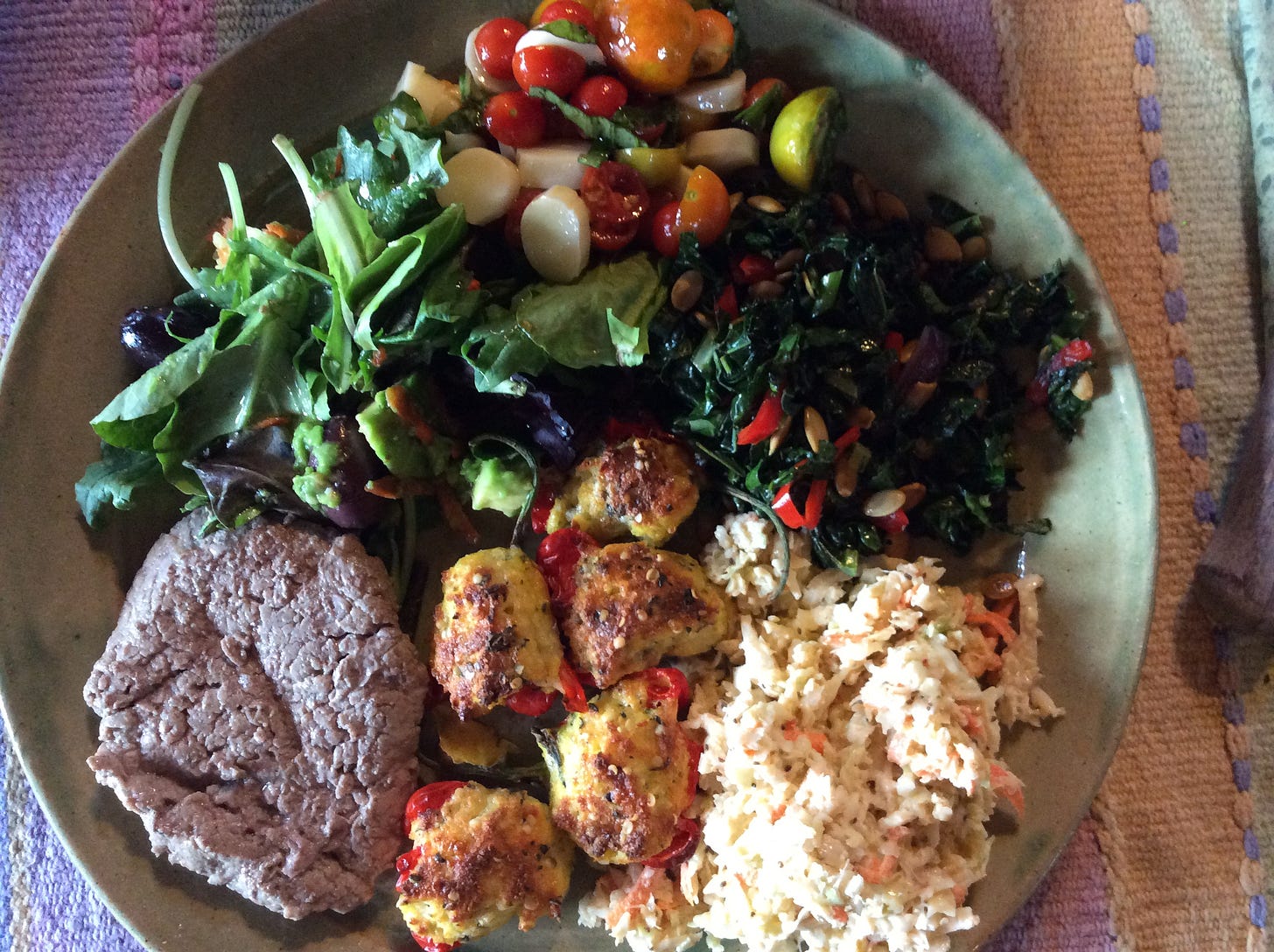
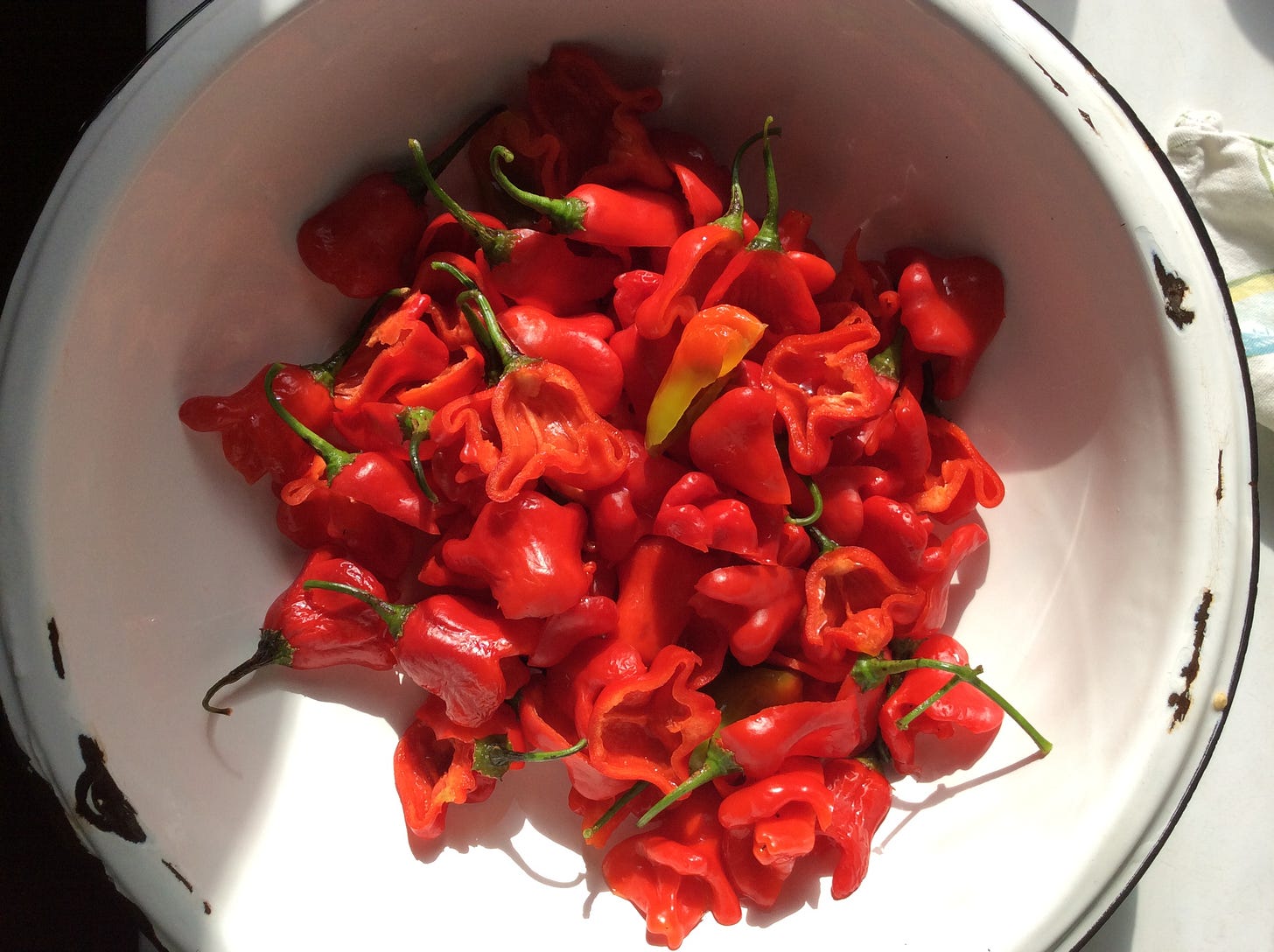

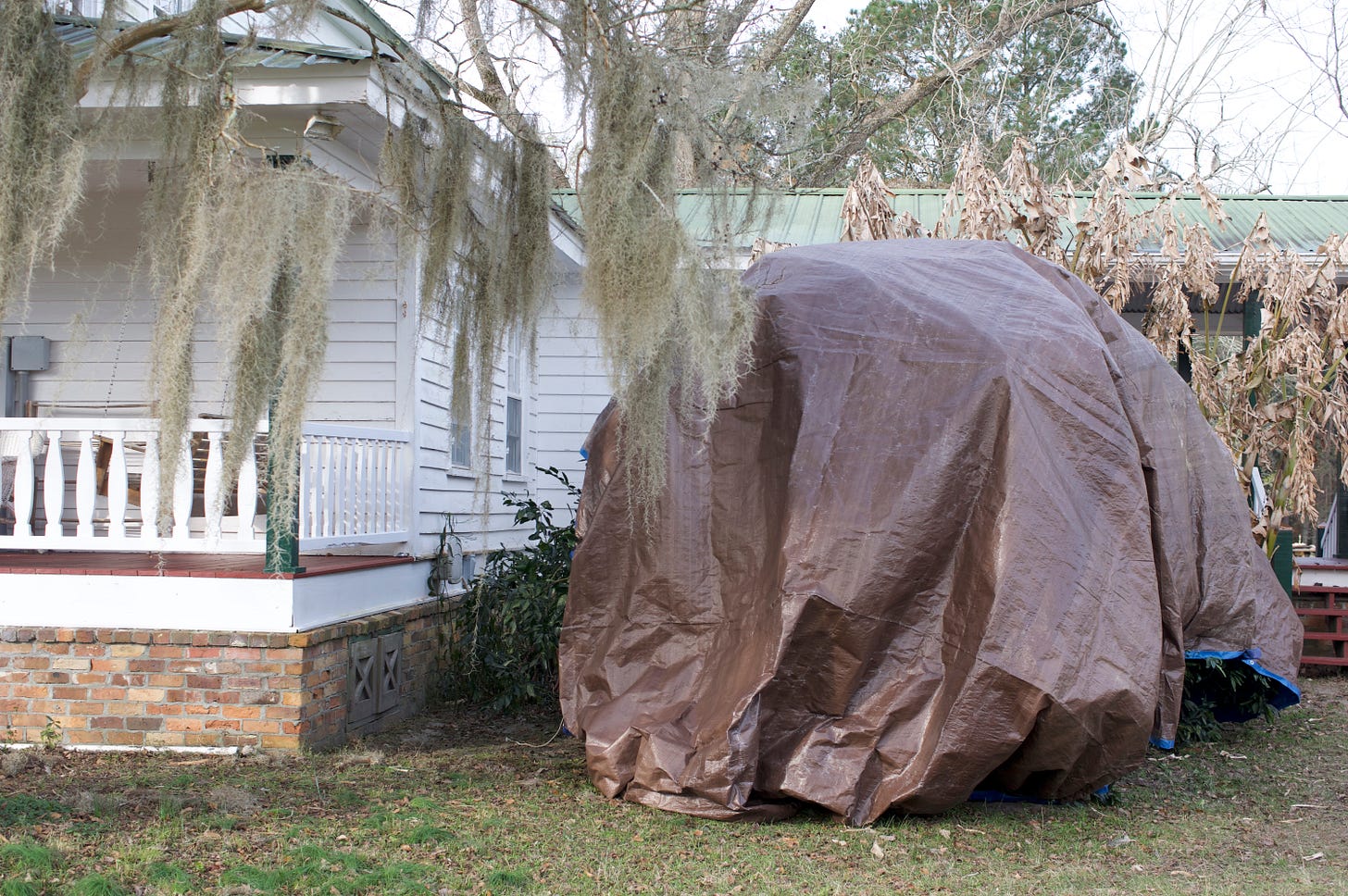
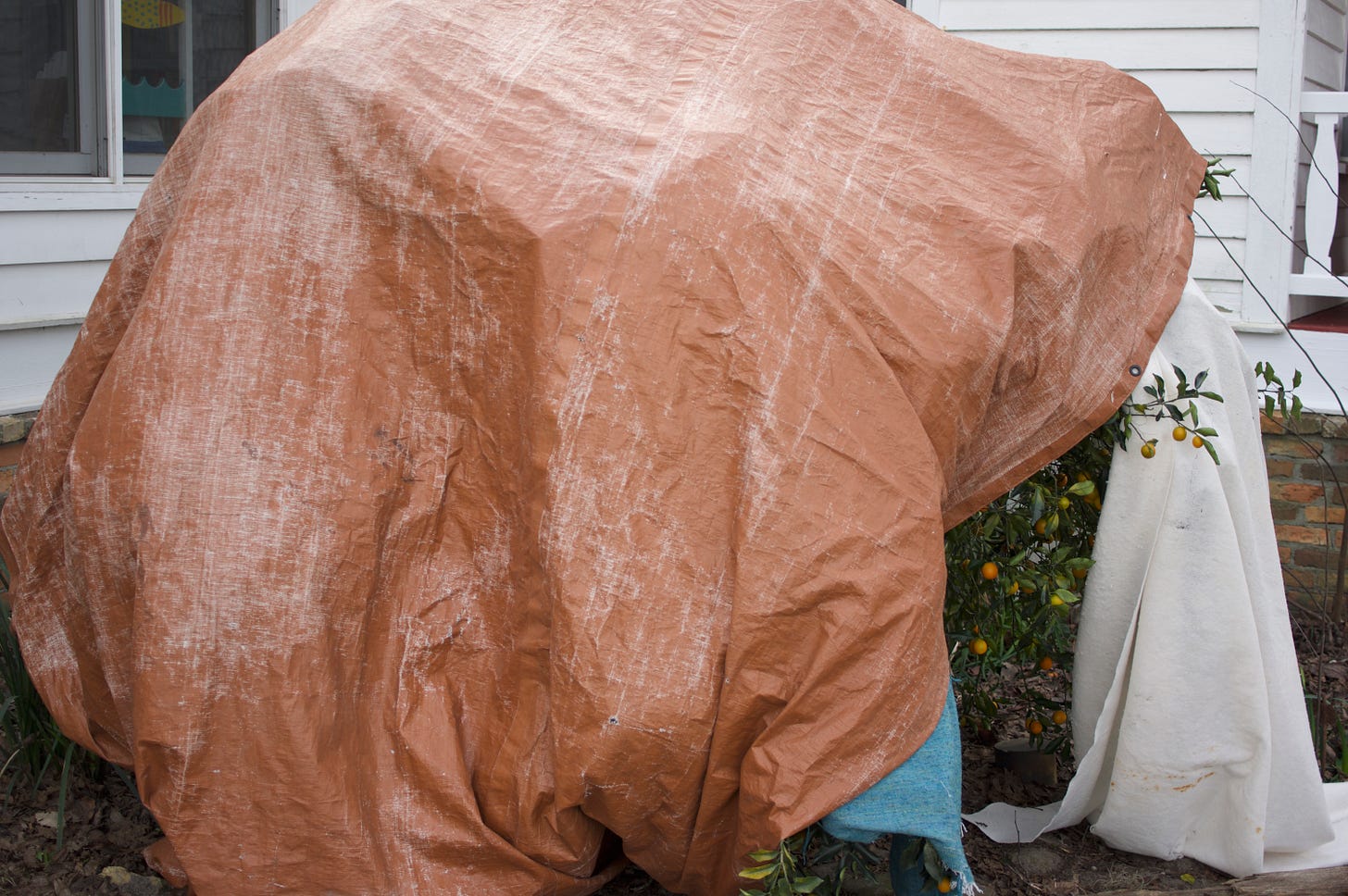

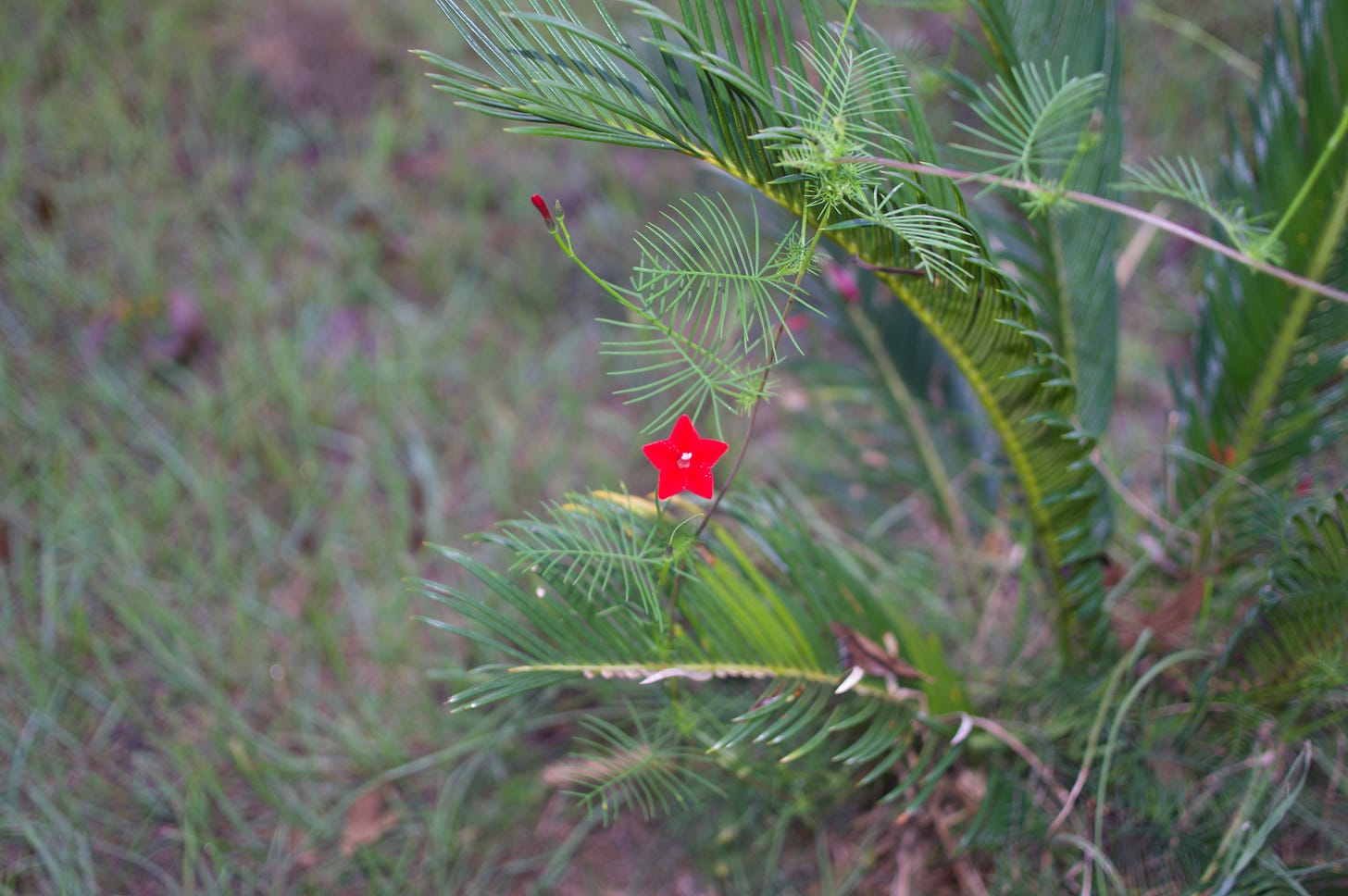
Lovely
Happy holidays to you and your family. Reading about the conflict between you and the deer caused us to remember our city dweller move to the New Hampshire mountains and our conflict with beavers. Warning, if you decide to live next to a mountain pond with flowing streams going in and out, be prepared to coexist with the beavers. Do not be surprised when you buy and plant numerous lilac bushes around your house and out buildings during a summer vacation week and then drive back to the city feeling self-satisfied with your efforts and design taste.
Because if the pond you have chosen to live next to is the home of a colony of nature’s amazing industrial engineers, when you return the following weekend, those lilac bushes will be gone and what will remain will be sharp pointed sticks poking up from where your lilac bushes had been planted. You’ll be angry and push the canoe into the pond to go and investigate. You’ll find many pieces of those lilac bushes now decorating the beaver hut in the cove at the back of the pond.
We had wondered why the house that we bought had no small trees or bushes anyplace around it. When we asked about this at the general store, the local NH woodchucks laughed and told their new flatlander neighbors that is what they make wire fencing for up here. We put fencing around anything we don’t want the beavers or the deer to eat. “They were here first, and if you leave anything unfenced, you’ll telling those critters they’re welcome to it whenever you’re not around.”
So, we bought a lot of 8’ wire fencing - 4’ or 6’ fencing wasn’t high enough when the snow came because the beavers just walked on top of the frozen stuff and ate the tops off the bushes - and we wrapped every bush or tree that we cared to preserve. One new NH neighbor stopped by as we were putting up the fencing. Shaking his head, he said, “You flatlanders. That’s what they make rifles with scopes for. You shoot those beavers and they float to the shore and you can skin ‘em.” I told the guy that I’d read a book about beavers and they mate for life. I could never shoot a beaver and leave it’s mate and their kits without one of their parents. Our neighbor just shook his head and drove away. We always needed to remember as we became country dwellers that the animals got there first.